Growth of E-commerce Platforms
The Massage Oil Market is benefiting from the rapid growth of e-commerce platforms, which have transformed the way consumers purchase personal care products. With the convenience of online shopping, consumers can easily access a wide variety of massage oils from the comfort of their homes. Recent statistics indicate that e-commerce sales in the personal care sector have increased by over 20 percent in the past year, highlighting a shift in consumer purchasing behavior. This trend is particularly advantageous for niche brands that may not have a physical retail presence. As e-commerce continues to expand, the Massage Oil Market is likely to experience increased visibility and sales, as consumers are drawn to the convenience and variety offered by online platforms.
Increasing Demand for Wellness Products
The Massage Oil Market is experiencing a notable surge in demand for wellness products, driven by a growing consumer focus on health and self-care. As individuals increasingly prioritize mental and physical well-being, the use of massage oils has become a popular choice for relaxation and therapeutic benefits. According to recent data, the wellness industry has seen a compound annual growth rate of approximately 5.5 percent, indicating a robust market potential. This trend is likely to continue, as consumers seek natural and organic options that align with their health-conscious lifestyles. The Massage Oil Market stands to benefit significantly from this shift, as more individuals incorporate massage oils into their self-care routines, thereby enhancing overall market growth.
Rising Popularity of Spa and Wellness Centers
The Massage Oil Market is poised for growth due to the increasing popularity of spa and wellness centers. These establishments have become essential destinations for individuals seeking relaxation and rejuvenation. The Massage Oil has been projected to reach a value of over 130 billion dollars by 2026, reflecting a growing consumer inclination towards professional massage services. As spa services often utilize high-quality massage oils, this trend directly influences the demand for such products. Furthermore, the integration of massage oils into various treatments enhances the overall experience, making them indispensable in spa offerings. This trend suggests that the Massage Oil Market will likely see a corresponding increase in product demand as more consumers indulge in spa experiences.
Integration of Aromatherapy in Massage Practices
The Massage Oil Market is increasingly influenced by the integration of aromatherapy into massage practices. Aromatherapy, which utilizes essential oils for therapeutic benefits, has gained traction among consumers seeking holistic wellness solutions. The Massage Oil is projected to reach approximately 4 billion dollars by 2025, suggesting a growing acceptance of these practices. As massage oils infused with essential oils become more popular, they enhance the overall massage experience, providing both physical and emotional benefits. This trend indicates that the Massage Oil Market will likely see a rise in demand for products that combine traditional massage techniques with the therapeutic properties of aromatherapy, appealing to a broader audience seeking comprehensive wellness solutions.
Consumer Preference for Natural and Organic Products
The Massage Oil Market is witnessing a significant shift towards natural and organic products, as consumers become more discerning about the ingredients in their personal care items. This trend is driven by a growing awareness of the potential harmful effects of synthetic chemicals, leading to a preference for products that are perceived as safer and more environmentally friendly. Data suggests that the organic personal care market is expected to grow at a rate of 10 percent annually, indicating a strong consumer inclination towards natural alternatives. As a result, brands that prioritize organic ingredients in their massage oils are likely to gain a competitive edge in the Massage Oil Market, appealing to health-conscious consumers seeking quality and sustainability.


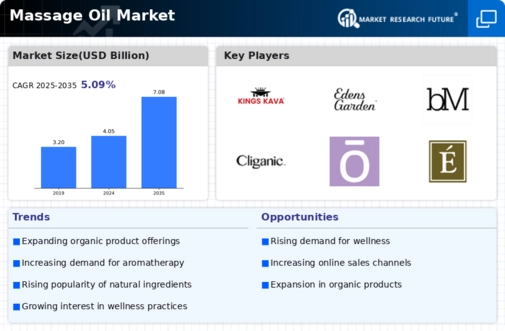
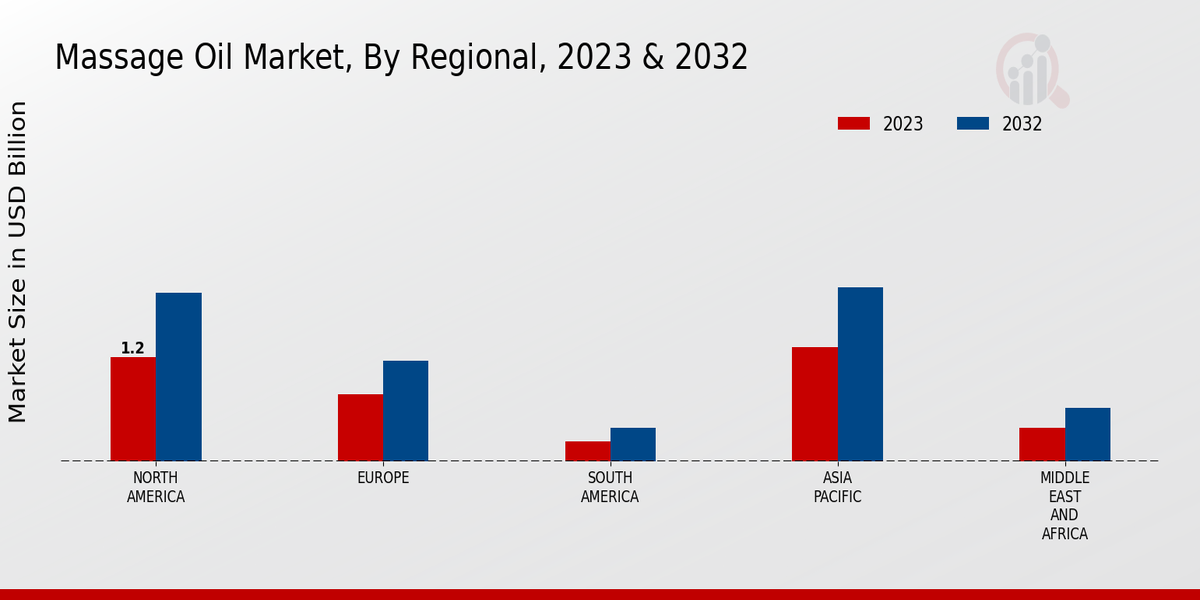
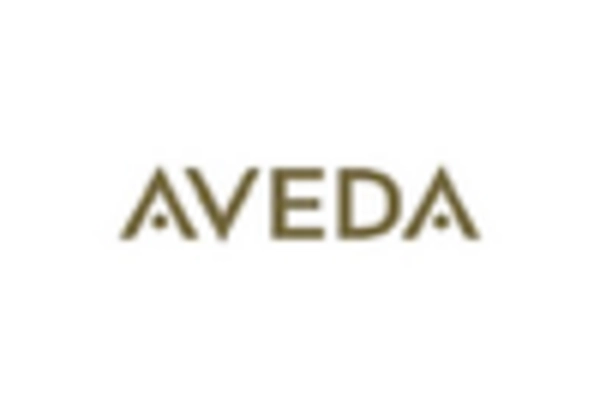
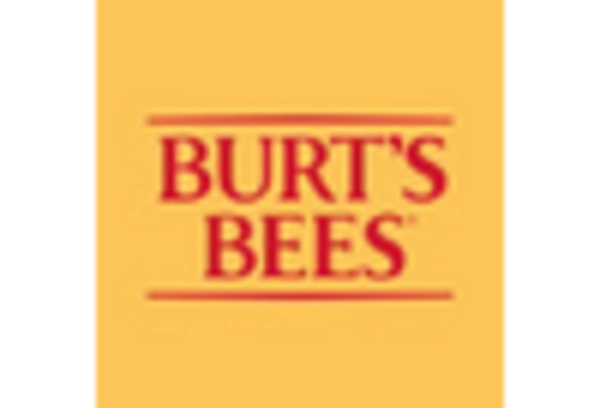

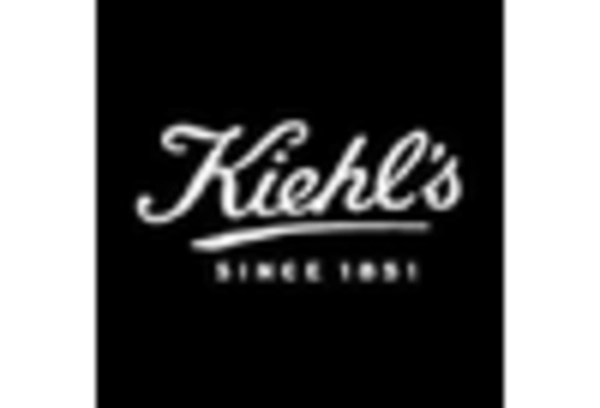










Leave a Comment